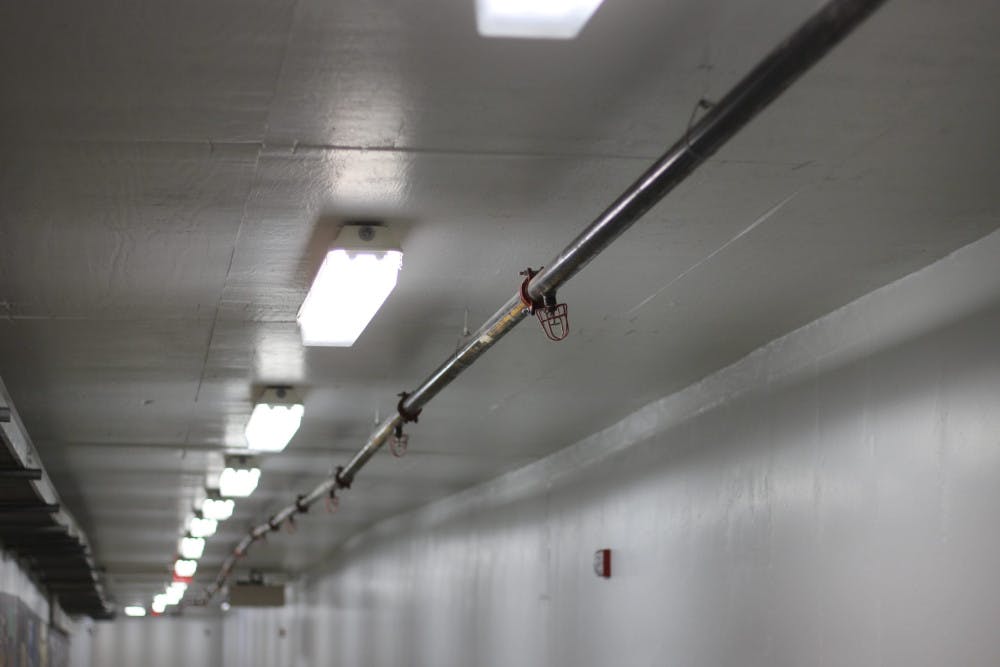Water Woes pt. 7 | Photo by Kelsie Tomlinson | The Wright State Guardian
Tests of Wright State University’s (WSU) water system continuously found traces of lead in drinking water, despite low lead levels in local area water systems. A WSU administrator responded to the situation.
Tap water results
In accordance with the Ohio Environmental Protection Agency (EPA), WSU conducted water testing on the Dayton campus in December 2021 and published the results in a consumer notice report.
The water system was tested for a variety of chemicals and metals including chlorine, sulfate, copper and lead. According to the report, high levels of lead were found in drinking water in two locations on campus.
“Wright State’s University water system has found levels of lead in drinking water above the federal action level of 15 parts per billion (ppb) at one tap location in two buildings. The level of lead reported at these locations was 18.1 to 19.8 [ppb],” the report states.
According to the report, three other locations had high levels of lead but fell below the legal limit. If samples exceed the legal limit, public water systems must notify their constituents, treat the water and, or follow other EPA requirements.
According to Marjorie Markopoulos, director of WSU’s Department of Environmental Health and Safety, these water results are not common and the university does not need to act on them.
“...these [tap water] results are not common for our system and the EPA in fact does not consider levels like these to be actionable,” Markopolos wrote.
These are not the first test results that showed elevated levels of lead in WSU’s drinking water. In October 2020, the university detected lead levels exceeding the federal action levels at 20.3 micrograms per liter (ߎg/L). In May 2021, six drinking water spots had above legal limits of lead.
WSU’s improvement efforts
According to Markopoulos, the university water plant is working on upgrades to improve water quality and service. This includes the addition of Clearwell, a disinfection process.
Markopoulos further explained how in the past distribution lines were replaced. The last replacement of these lines was in 2011 and 2012, approximately 10 years ago.
It is uncertain whether the university has a plan to further update these lines or work on piping.
Local water systems
Other local universities like the University of Dayton use the Dayton public water system which serves the greater Dayton area.
This system is annually tested for chemicals and metals, including lead. The city water reports for 2020, show little to no lead in the system.
“Lead and copper were not detected in most of the samples collected at residences in 2020. During the most recent Lead and Copper Rule compliance period (2020) ninety (90%) of the samples collected in "worst-case scenario" (not flushed) were below 4.1 ug/L for lead,” the report states.
According to the city of Dayton water website, the system undergoes regular upgrades as well as treatment.










